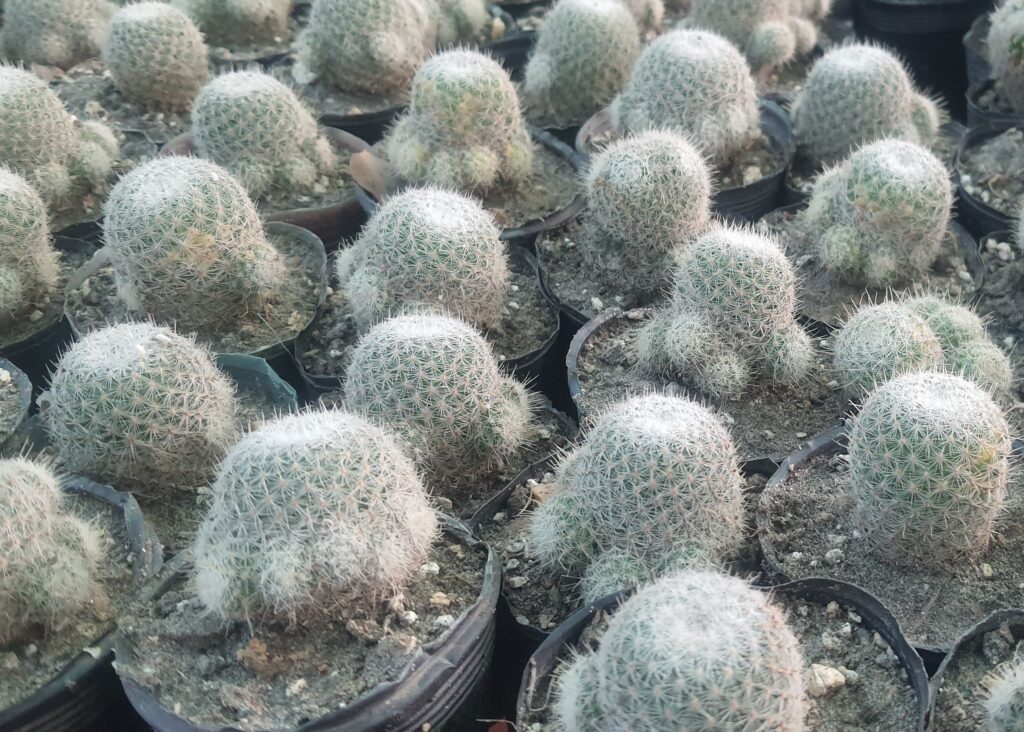Peace Lily (Spathiphyllum): A Guide to Caring for This Popular Houseplant
The Peace Lily, scientifically known as Spathiphyllum, is a beloved houseplant celebrated for its stunning foliage and elegant white blooms. Originating from the lush rainforests of Central and South America, this tropical plant has captured the hearts of gardeners and plant enthusiasts around the globe. Beyond its beauty, the Peace Lily offers several benefits, making it an excellent addition to any home or office.

Attractive Foliage and Blooms
Peace Lilies are easily recognizable by their dark green, glossy leaves. These broad, lance-shaped leaves can grow up to 12 inches long and 5 inches wide, featuring prominent veins that add texture and interest. The striking white flowers, known as spathes, rise gracefully above the foliage, creating a stunning contrast. These spathes, which can bloom several times a year, are what give the plant its name and contribute to its popularity.
Air-Purifying Qualities
One of the standout features of the Peace Lily is its ability to purify the air. This plant is known for removing harmful toxins, such as formaldehyde, benzene, and carbon monoxide, from indoor environments. This makes it an excellent choice for improving indoor air quality and creating a healthier living or working space.
Light and Water Requirements
Peace Lilies thrive in bright, indirect light, although they can tolerate low light conditions. However, in low light, the plant may not bloom as frequently. To keep your Peace Lily healthy, water it when the top inch of soil feels dry to the touch. Be cautious not to overwater, as this can lead to root rot. Ensure that the soil has good drainage and avoid letting the plant sit in standing water.
Humidity and Fertilization
Peace Lilies prefer a humid environment, similar to their native tropical habitats. To increase humidity around your plant, you can mist it with water regularly or place a tray of water nearby. While these plants don’t require frequent fertilization, a monthly dose of a balanced houseplant fertilizer during the growing season (spring and summer) can promote healthy growth and encourage blooming.
Propagation Tips
If you’d like to propagate your Peace Lily, it’s relatively easy to do so. Begin by removing the plant from its pot and gently separating the roots and leaves into two or more clumps. Each clump should have several leaves and roots to ensure successful propagation. Repot the clumps into individual pots with fresh soil, water them thoroughly, and place them in a location with bright, indirect light. With proper care, your new Peace Lilies will thrive.
Repotting and Pruning
Over time, Peace Lilies can become root-bound, meaning the roots outgrow the pot. To prevent this, it’s a good idea to repot your plant every year or two. Choose a pot that is one size larger than the current one and use a well-draining potting mix. Additionally, to keep your Peace Lily looking its best, remove any yellow or brown leaves as soon as you notice them. Pruning the plant back in the spring can also encourage new growth.
Conclusion
The Peace Lily is more than just a beautiful houseplant; it’s a practical choice for anyone looking to enhance their indoor environment. With its air-purifying qualities, low maintenance needs, and stunning appearance, it’s no wonder this plant is a favorite among gardeners. Whether you’re a seasoned plant enthusiast or a beginner, the Peace Lily is sure to bring a touch of nature’s elegance into your home.


